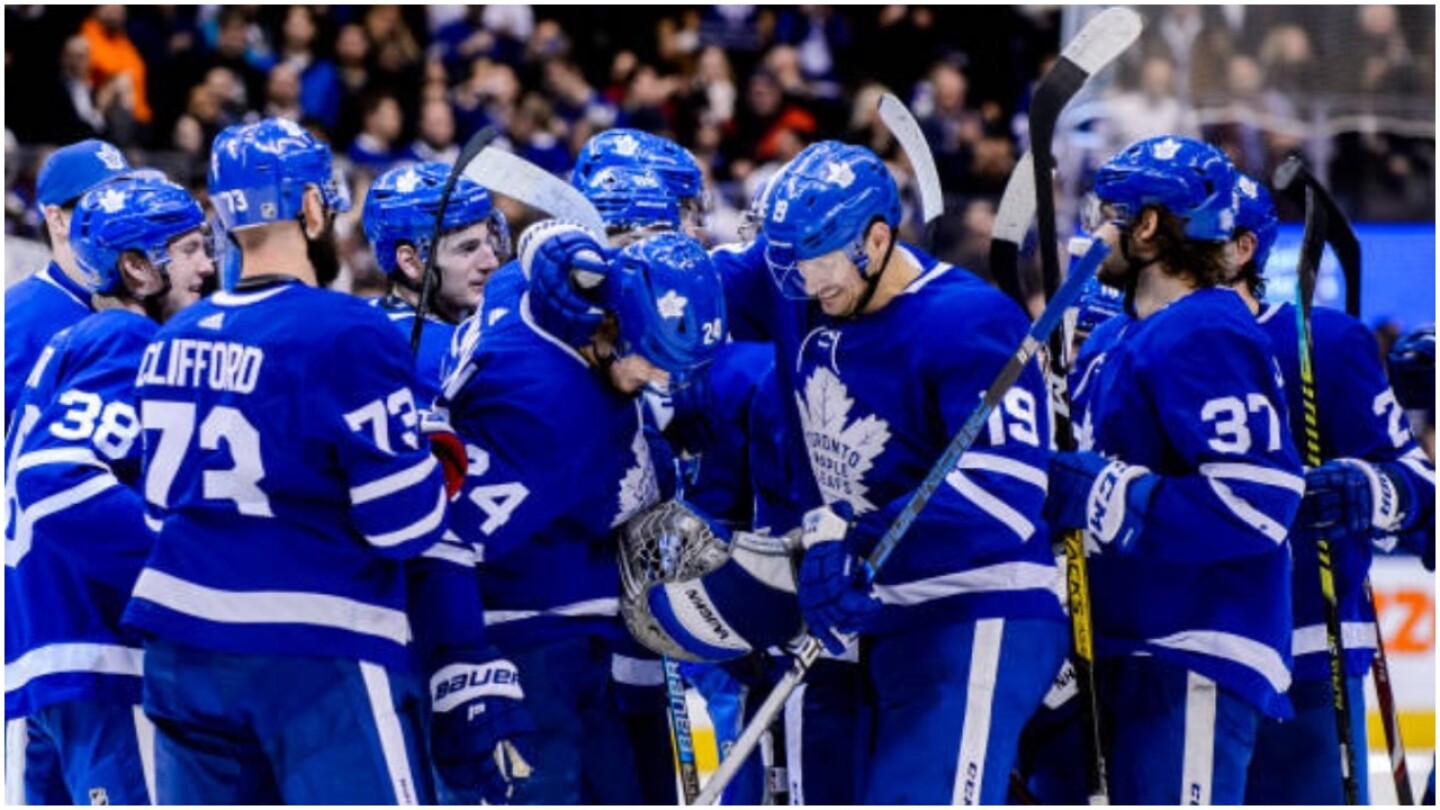The NHL trade market is an ever-evolving landscape, with teams constantly looking for opportunities to strengthen their rosters and improve their chances of success. The Pittsburgh Penguins, Toronto Maple Leafs, Ottawa Senators, Montreal Canadiens, and Edmonton Oilers are among the teams that have recently been at the center of trade discussions. These teams, representing diverse strategies and goals, provide an intriguing snapshot of how organizations approach mid-season adjustments and long-term planning.

The Penguins, led by veterans Sidney Crosby and Evgeni Malkin, have consistently been a team with championship aspirations. Recent trade buzz suggests they are seeking to bolster their depth, particularly on defense and in the bottom-six forward group. General Manager Kyle Dubas, known for his bold moves, might leverage prospects and draft picks to acquire experienced players who can complement the team’s core. The Penguins’ aggressive approach reflects their “win-now” mentality, as the window to capitalize on their aging stars narrows.
The Maple Leafs, one of the most scrutinized teams in the league, are focused on finding the right balance between their high-powered offense and defensive stability. With stars like Auston Matthews and Mitch Marner leading the charge, Toronto’s primary concern is creating a team that can perform under playoff pressure. Rumors indicate that the Leafs might target a physical defenseman or a gritty forward to address their postseason shortcomings. However, salary cap constraints pose a significant challenge, forcing creative solutions from the management.
The Senators are a team in transition, blending young talent with experienced veterans to establish a competitive foundation. Trade speculation around Ottawa often revolves around players who might not fit their long-term plans. They may consider moving assets for prospects or picks to ensure sustainable growth. With rising stars like Tim Stützle and Brady Tkachuk, the Senators are focused on constructing a roster capable of competing for years to come.
For the Canadiens, the focus is on rebuilding while maintaining a competitive edge. As one of the most storied franchises in NHL history, Montreal is navigating a careful strategy of developing young talent while shedding contracts that do not align with their future vision. Players like Cole Caufield and Nick Suzuki are the cornerstones of this rebuild, and the trade market offers the Canadiens an opportunity to acquire assets to accelerate their progress.
With Connor McDavid and Leon Draisaitl leading the charge, the Oilers are a team with immense offensive firepower but glaring defensive vulnerabilities. Trade rumors suggest Edmonton is seeking to improve its blue line and goaltending to make a deeper playoff run. Management faces pressure to maximize the prime years of their superstars, making strategic acquisitions essential. The Oilers’ moves in the trade market could define their ability to compete in a highly competitive Western Conference.
The trade buzz surrounding the Penguins, Maple Leafs, Senators, Canadiens, and Oilers highlights the dynamic nature of the NHL. Each team’s approach reflects its unique circumstances and aspirations, from rebuilding for the future to chasing immediate success. As the trade deadline approaches, these organizations will be under intense scrutiny as they make decisions that could shape their seasons and beyond. The NHL trade market remains a fascinating theater of strategy, risk, and ambition.



